Children’s pillow baldness is calcium deficiency.
Breast milk will lose nutrition after the child is half a year old.
Children shave their heads and their hair will grow better.
…….
These words may come from people around you [kind suggestions] or from unreliable websites. I believe many parents have heard them, but unfortunately,
It’s all wrong!
In addition to the above [widespread] misunderstandings, we have also sorted out the 30 most common mistakes in the process of child-rearing, and many parents have been recruited.
Nutritious diet
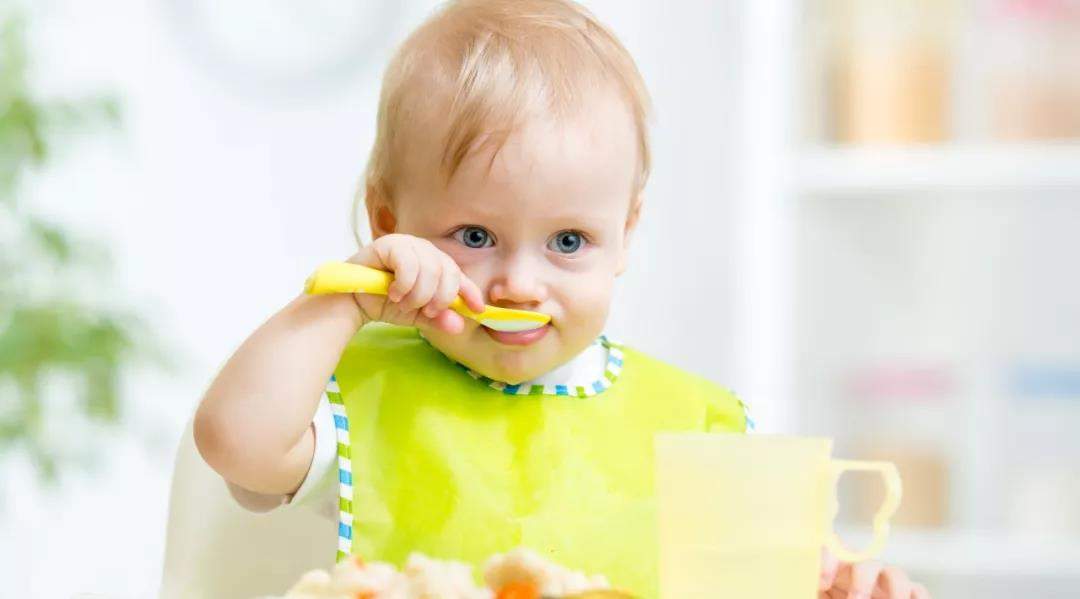
Myth 1: Baby pillow bald calcium supplement
Pillow baldness, mainly related to the baby’s physiological alopecia, and small-month-old babies will not turn over and will not climb, have discomfort can only turn their heads, head friction on the pillow will also aggravate pillow baldness. As long as you supplement vitamin D every day and drink enough milk, generally you will not lack calcium.
Myth 2: Failure to Supplement Vitamin D to Baby in Time
Vitamins can promote calcium absorption, lack of vitamin D, no matter how much calcium. Therefore, full-term babies should be supplemented with 400 IU every day from a few days after birth, premature babies should be doubled after birth, and 400IU should be restored after 3 months.
Myth 3: The first supplementary food for the baby is not iron-rich food,
After the age of 4 ~ 6 months, breast milk begins to fail to meet the nutrition needed by the baby’s physical development, and anemia may occur if iron is not supplemented in time. High-energy muddy food rich in iron is the best choice for the baby’s first bite of supplementary food.
Myth 4: Supplementary foods are tasteless and add some salt,
Sodium in natural foods can completely meet the needs of babies. The kidneys of babies under 1 year old are not yet fully developed, and extra salt will increase the burden on the kidneys. Remember: don’t use your taste to judge your baby’s preferences.
Myth 5: Drink Honey to Babies Before One Year Old
Honey may contain botulinum toxin, the baby’s gastrointestinal function and liver detoxification ability are relatively poor, may cause poisoning. To be on the safe side, it is not recommended for babies within 1 year old to eat honey, and honey water is not good either.
Baby sleep
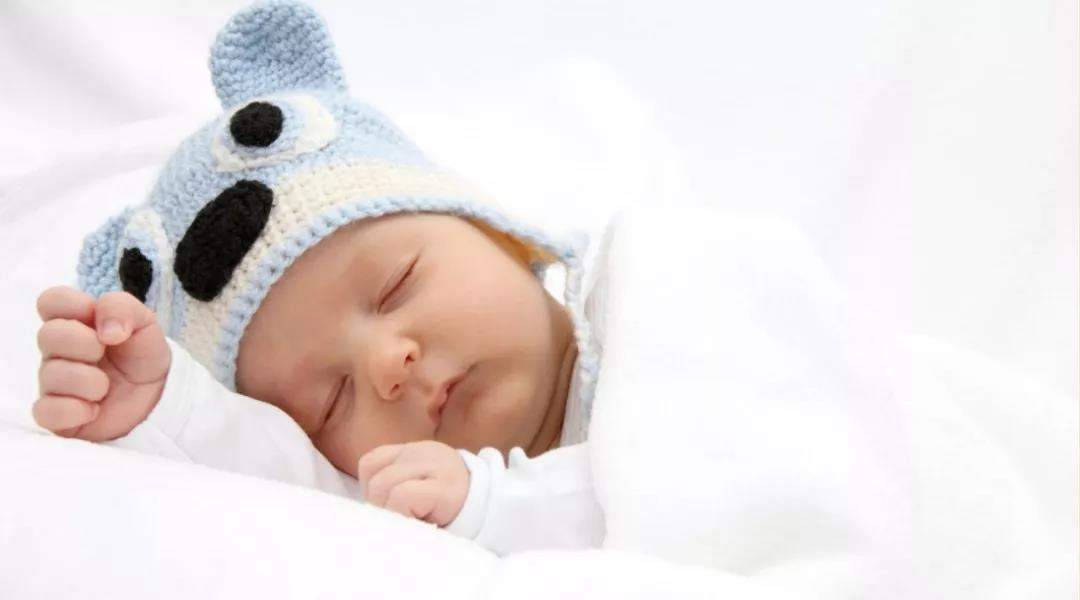
Myth 6: Don’t sleep too long during the day,
For small-month-old babies, their demand for sleep far exceeds that of adults. Adequate naps during the day can ensure the child’s good condition all day long. If you think too much, it may not be enough for the baby.
Myth 7: Babies should also keep quiet during sleep,
During the baby’s nap, there is no need to tiptoe and be careful. Normal life noise does not need to be deliberately avoided. It is time to talk and walk.
Myth 8: Sleep pillows for babies under 1 year old,
The neck curvature of the baby within 1 year old has not yet formed. At this time, it is necessary to force a pillow, which is not only uncomfortable, but also blocks the smooth breathing of the baby and increases the risk of sudden death of the newborn. Of course, the fixed pillow should not be used.
Myth 9: Shake and Sleep
Shake the baby to sleep, easy to appear [the baby will wake up as soon as it stops]. For a long time, it was to dig a hole for yourself. The baby did not hug and did not sleep, and the parents’ sleep was not guaranteed. It was miserable. Singing and playing music are better than shaking and coaxing sleep.
Myth 10: Children should lie on their side when sleeping,
Sleeping on your back can prevent [sudden infant death syndrome], as well as parotid gland compression and saliva outflow. Of course, when the child can turn over autonomously and flexibly, there is no need for such strict intervention.
Growth and development
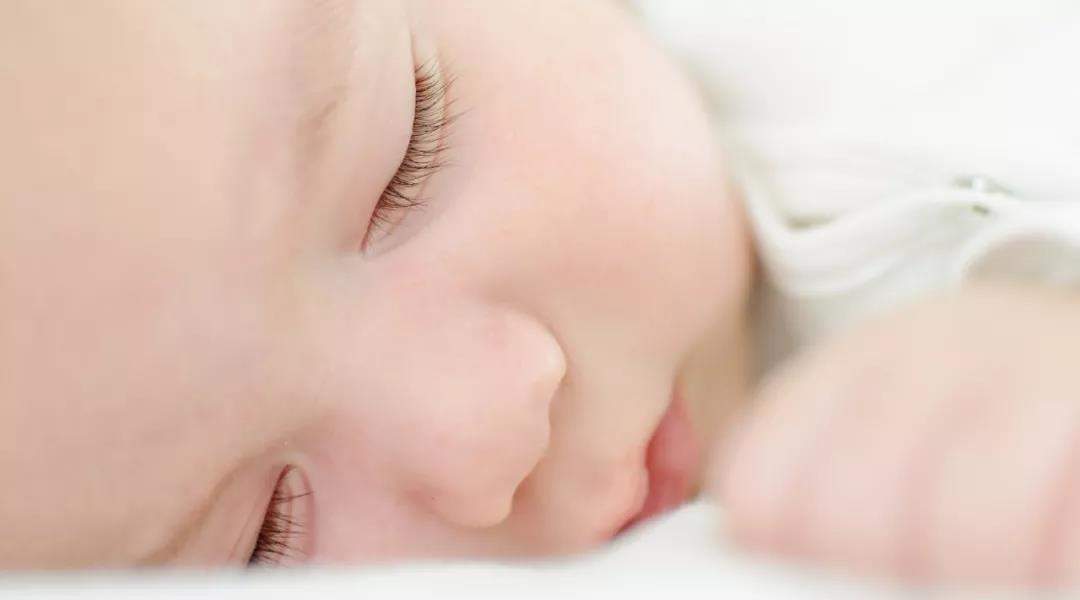
Myth 11: Press Umbilical Hernia for Baby
The bulging umbilical hernia looks scary, but basically one and a half years old or so will heal itself. Never use adhesive tape to paste or hold coins to press the mass, which is likely to cause skin inflammation, ulceration and even local necrosis. I really don’t trust to consult a doctor.
Myth 12: Pinch Female Baby’s Nipple
3-5 days after the baby is born, breast enlargement or even a small amount of lactation may occur, which is normal. Generally, it can subside naturally within 2-3 weeks, and random crowding may also lead to skin damage and inflammation.
Myth 13: Leggings for Babies
Most babies will go through the stages of O-leg, X-leg and straight leg, which is normal development. Forced leggings will cause soft tissue damage to young babies with skin and even affect bone and joint development.
Myth 14: Cut Eyelashes for Babies
Eyelash traits are determined by genes. Trimming eyelashes will not make them longer and more warped. It may also lead to eye infection or corneal injury. Trimming baby’s eyelashes is not recommended unless there are special circumstances (such as trichiasis).
Myth 15: Pinch Baby’s Nose Bridge
The height of the bridge of the nose is also natural. Even if there is a slight possibility to change the shape of the soft tissue of the nose in theory, there is no guarantee that it will become stiff, but it is more likely to damage the skin. To make the child’s nose tall and stiff, one is to have good genes, and the other is to find a husband with a high bridge of the nose ~
Skin care
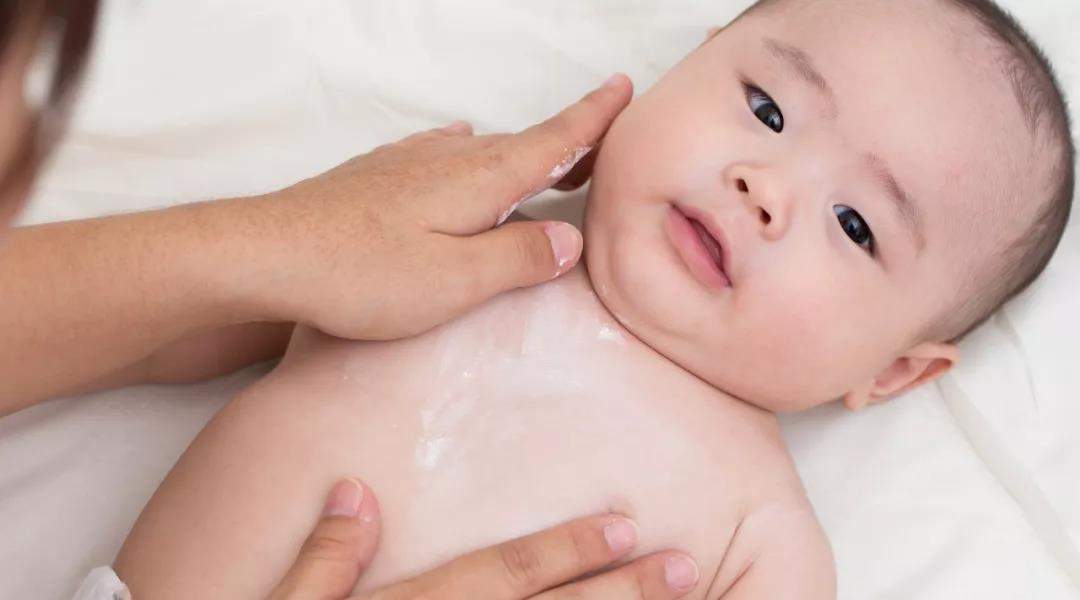
Myth 16: Shaving Children’s Heads
The amount of baby’s hair is mainly related to the function of hair follicles. Shaving one’s head not only cannot make the hair thicker, but also is easy to hurt the scalp and increase the risk of mosquito bites. To make the baby’s hair thicker, balanced nutrition is the most important.
Myth 17: Don’t Pay Attention to Sun Protection for Babies in Summer
Exposed to ultraviolet radiation, the baby’s immature skin will face a higher risk of burns. Six months ago, try to wear long clothes, trousers and hats for the baby. After 6 months, you can also use physical sunscreen containing zinc oxide or titanium dioxide.
Myth 18: Rub Eczema with Breast Milk
Breast milk is easy to breed bacteria, smeared on the baby’s body, it is ineffective or even aggravates eczema, and may also induce allergic reactions to the baby’s skin. If you want to treat eczema, apply more moisturizing cream.
Myth 19: Rub Talcum Powder on Baby to Prevent Prickly Heat
After absorbing water, talcum powder forms granular substances, which will not only rub the baby’s skin, but also block pores and make prickly heat more serious. Prevention of prickly heat, cooling, cleaning and drying are enough.
Myth 20: The baby drooled and wiped it clean quickly,
[Wipe] This action not only can’t relieve the symptoms, frequent wiping will further stimulate the skin through which saliva flows, making it more vulnerable to germs. The correct approach is to gently [dip] saliva with a clean wet towel, and apply moisturizing cream to the skin on the corners of the child’s mouth to avoid the next saliva irritation.
Breastfeeding

Myth 21: Don’t Hiccup After Feeding Milk
In the process of drinking milk, the baby will inhale some air and do not beat hiccups in time. The baby is easy to spit milk and flatulence. You can put your palms together to harvest hollow shape, so that the baby leans lightly on his shoulder and slaps his back. If the baby does not overflow milk when feeding night milk, there is no need to deliberately pick it up and beat hiccups.
Myth 22: When the baby chokes milk, he immediately holds it vertically.
When choking milk, holding it vertically may cause milk to choke into the lungs through the trachea, causing aspiration pneumonia, tracheal blockage, and even suffocation, endangering life. Once choking milk occurs, the baby should lie on his side to prevent milk from being sucked into the airway by mistake.
Myth 23: Breast milk has no nutrition after the baby is half a year old,
After 6 months, it is not the mother’s milk that has less nutrition, but the baby’s demand has increased. In order to ensure the diversity of nutrition sources, children at this stage need to add supplementary foods in time. Don’t listen to rumors and cut off the baby’s food rations.
Myth 24: Pre-milk Has No Nutrition to Squeeze Out
At the beginning, the milk secreted is the front milk, which is clearer, with more water and protein to quench thirst. The back milk is relatively thick, fatty and full. Both the front milk and the back milk are to meet the different needs of the baby.
Myth 25: Breastfeeding Mother Can’t Feed Cold
Cold itself will not affect the quality and quantity of milk, and antibodies in the mother’s body will also be transmitted to the baby through milk, so there is no need to suspend breast-feeding. However, it is recommended that mothers wear masks when breast-feeding and wash their hands before touching the baby.
Milk powder feeding
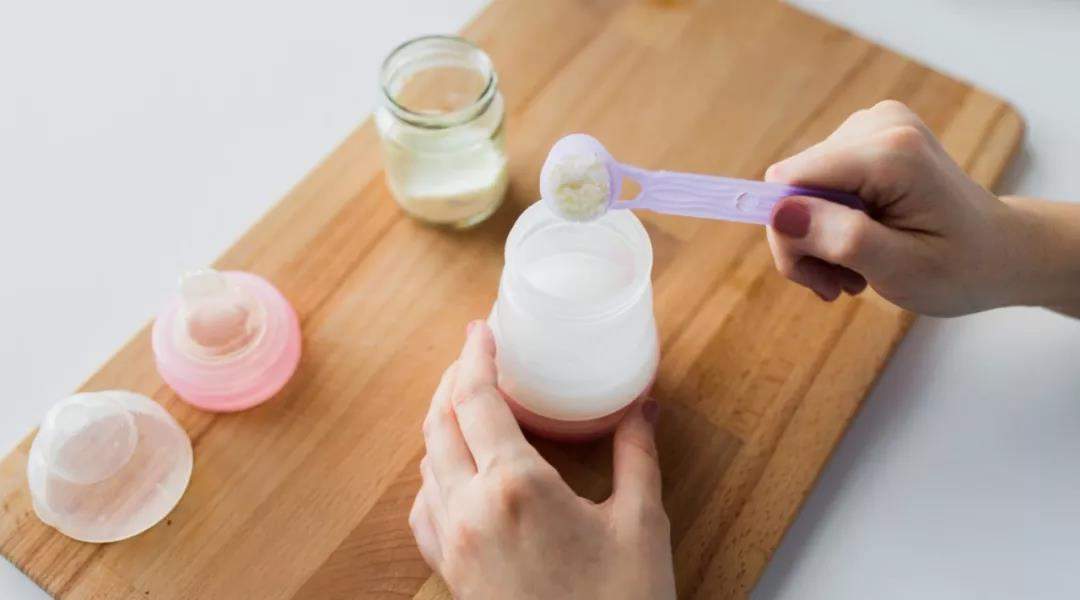
Myth 26: Feed water to babies under 6 months old after drinking milk,
For babies within 6 months, the stomach volume is very small. Excessive water feeding will affect the intake of milk and is not conducive to the growth and development of the baby. In daily feeding, as long as the milk powder is brewed according to the correct proportion to ensure sufficient milk quantity, the water needed by the child can be met.
Myth 27: Add milk powder before water when brewing milk powder,
Add milk powder first and then water, which is easy to lead to inaccurate water quantity and small caking, resulting in uneven milk and affecting children’s absorption. Put warm water first and then add milk powder, so the milk concentration prepared is appropriate, easier to digest and absorb, and does not damage the kidney.
Myth 28: Add [Qinghuobao] to Children’s Milk Powder
[Qing Huo Bao] The main ingredient is glucose. After brewing, it is just a cup of high-priced sugar water, which is not only easy to cause dental caries, obesity and other problems, but also not conducive to the formation of children’s normal taste. Instead of worrying about children’s excessive internal heat, brewing according to normal proportion is more important.
Myth 29: Shake the bottle vigorously when brewing milk powder,
When shaking the bottle vigorously and mixing the milk evenly, many bubbles will be generated. If the milk is given to the child immediately, the child will swallow a lot of air, causing flatulence and affecting digestion. The correct way is to shake it gently, or stir it evenly in other containers before pouring it into the bottle.
Myth 30: Goat milk powder is more nutritious than cow milk powder,
There is no essential difference between goat milk powder and cow milk powder. There is no evidence that goat milk powder has higher nutritional value, easier absorption or lower sensitization than cow milk powder. The only advantage of goat milk powder may be that you appear to be richer.
Hard work, parents, seeing here, hope that the 30 misunderstandings that the old editor spent a lot of energy sorting out can solve some of your puzzles.
